We may earn money or products from the companies mentioned in this post. This means if you click on the link and purchase the item, I will receive a small commission at no extra cost to you ... you're just helping re-supply our family's travel fund.
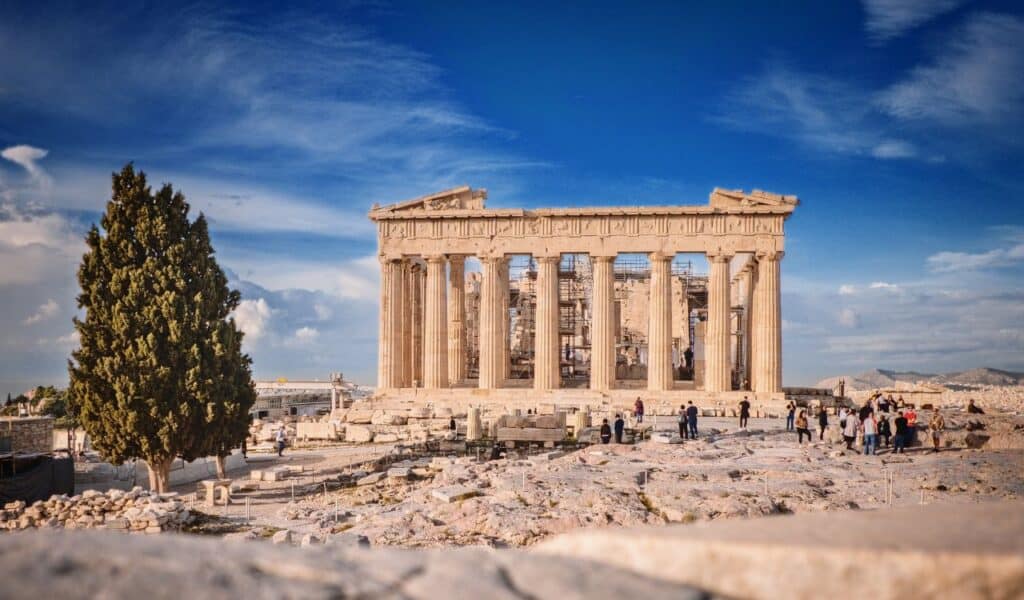
Stepping into these countries feels like opening a time capsule where the past still shapes the present. Streets double as archives, rituals spill into daily life, and ruins sit beside working temples, libraries, and markets. From rock‑hewn sanctuaries to imperial capitals carved in stone, these places let travelers read history in original scripts and city grids. For clarity, “oldest” here blends ancient civilizational origins, cultural continuity, and, in Europe’s case, remarkably stable medieval borders.
Egypt
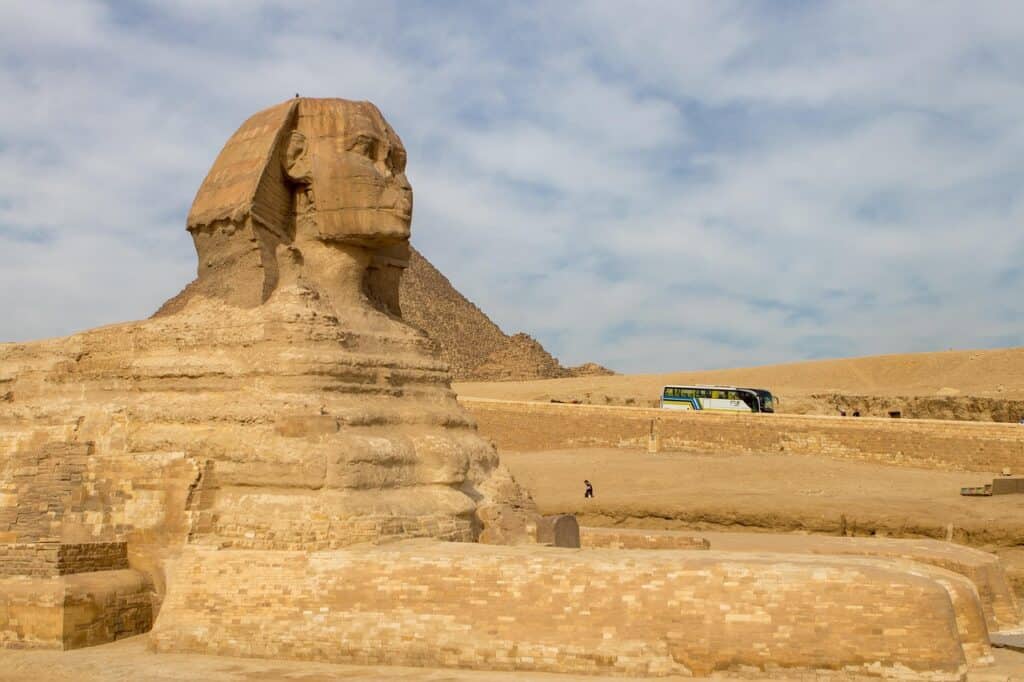
Walk avenues aligned to festival processions thousands of years old, then step into tomb workshops that mapped an empire’s beliefs. Unified around the early 3rd millennium BCE, Egypt lets travelers trace centralized rule at Giza, Saqqara, Luxor, and Karnak. Saqqara’s Step Pyramid of Djoser stands among the earliest large cut‑stone monuments, while Luxor Temple follows the Opet route. Ongoing digs refine dates without altering the big arc of continuity and ritual in situ.
Iran (Persia)
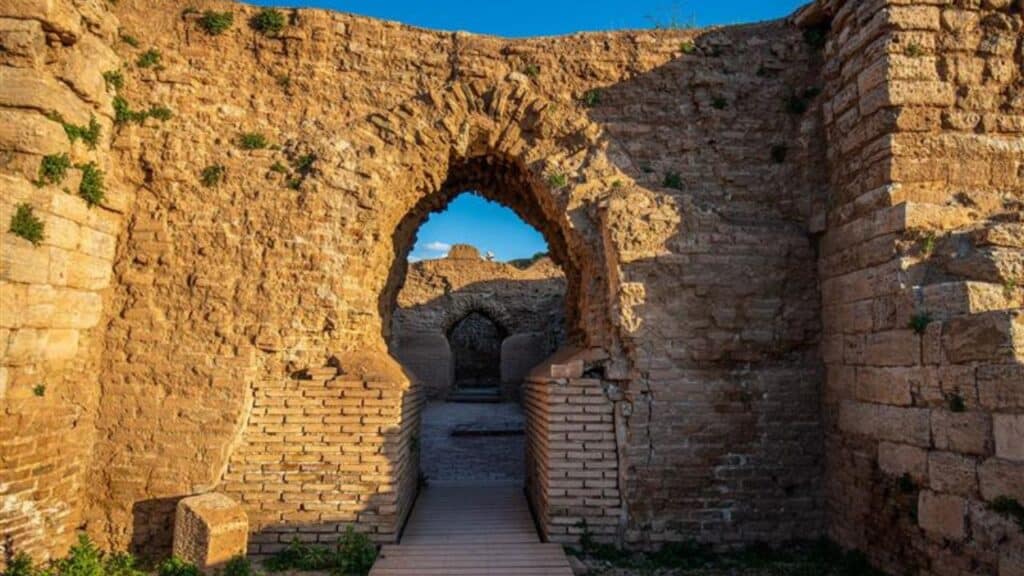
Stand beneath reliefs that catalog an empire’s peoples like a stone census. Iran’s Elamite horizons and Achaemenid power center on Persepolis and Pasargadae, where imperial plans and royal ideology endure. Safavid Isfahan adds domes, bridges, and luminous tilework that turned a capital into an artwork. At Naqsh e Rostam, Achaemenid tombs face Sasanian carvings, letting visitors read shifting kingship across centuries on a single cliff of images and inscriptions.
China
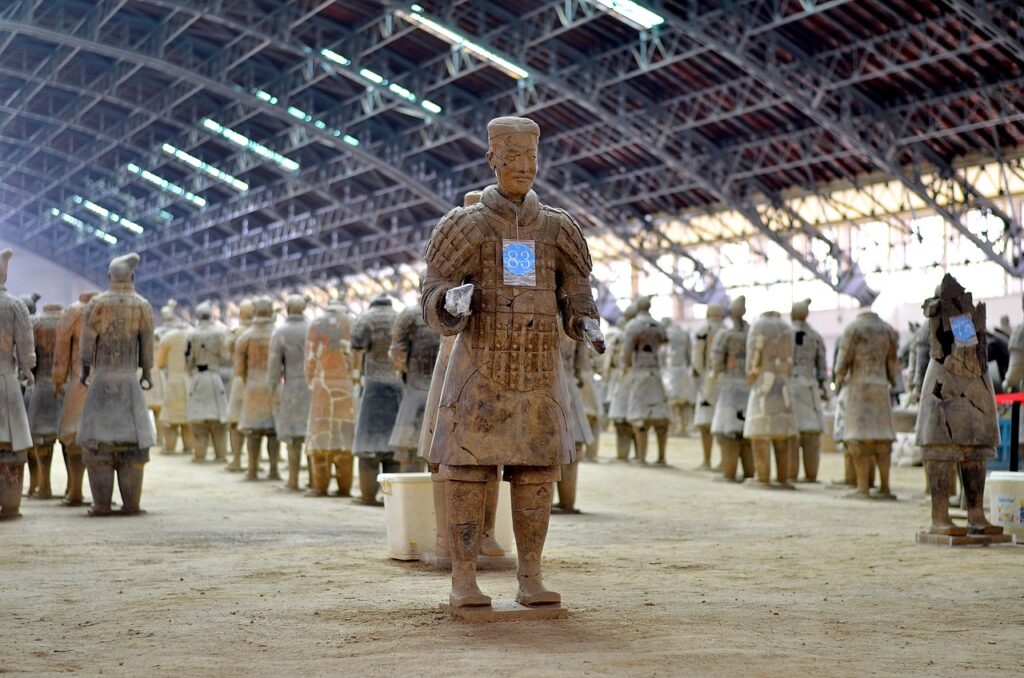
Face an army of clay soldiers guarding an emperor’s afterlife, then step into a palace that directed a continent‑scale realm. From Shang bronzes to Qin unification and Han statecraft, China’s continuity runs through the Great Wall’s evolving lines, Xi’an’s Terracotta Army, and Beijing’s Ming‑Qing Forbidden City. Oracle bones preserve early Chinese writing, tying ritual to record‑keeping. Standardized scripts, roads, and coinage set durable templates of rule.
India
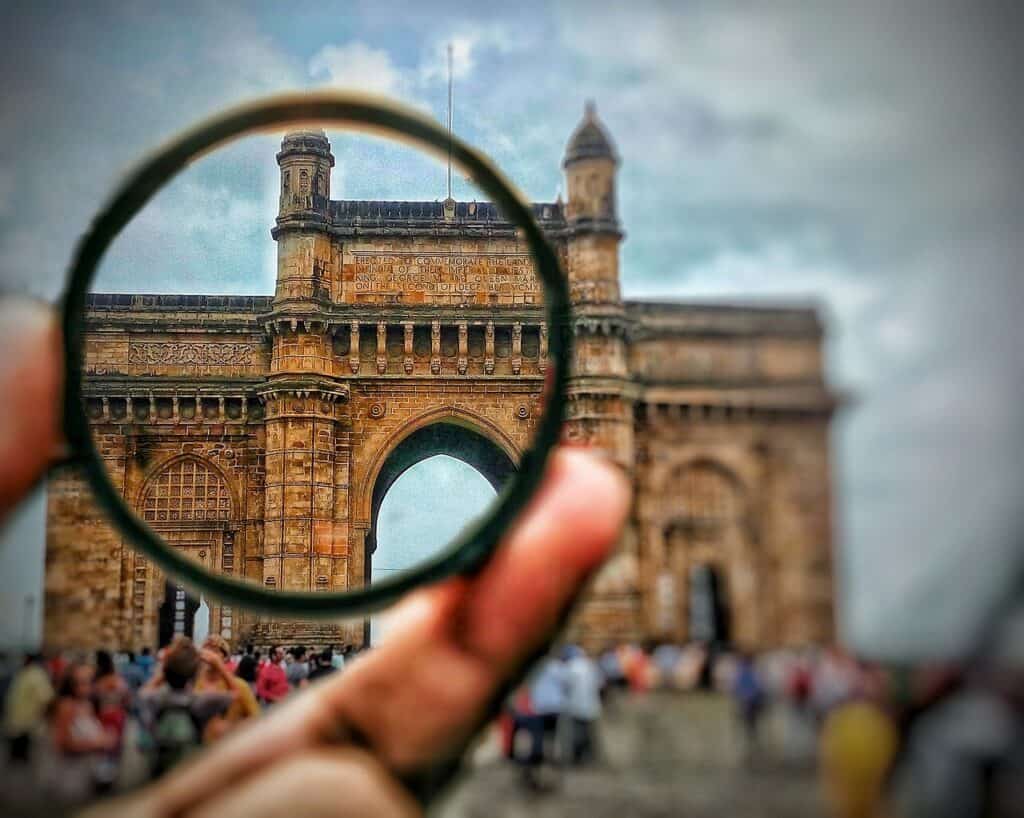
Trace a civilizational thread that runs from Indus Valley urbanism to Mauryan governance and Mughal splendor. Walk Varanasi’s ghats for living ritual, then pivot to Nalanda’s monastic university ruins, once a pan‑Asian knowledge hub. Ashoka’s edicts spread moral governance in stone, while the Taj and Red Fort adapt Persianate aesthetics to the subcontinent. Few places fuse ancient planning, empire, and active pilgrimage with such immediacy and range.
Greece
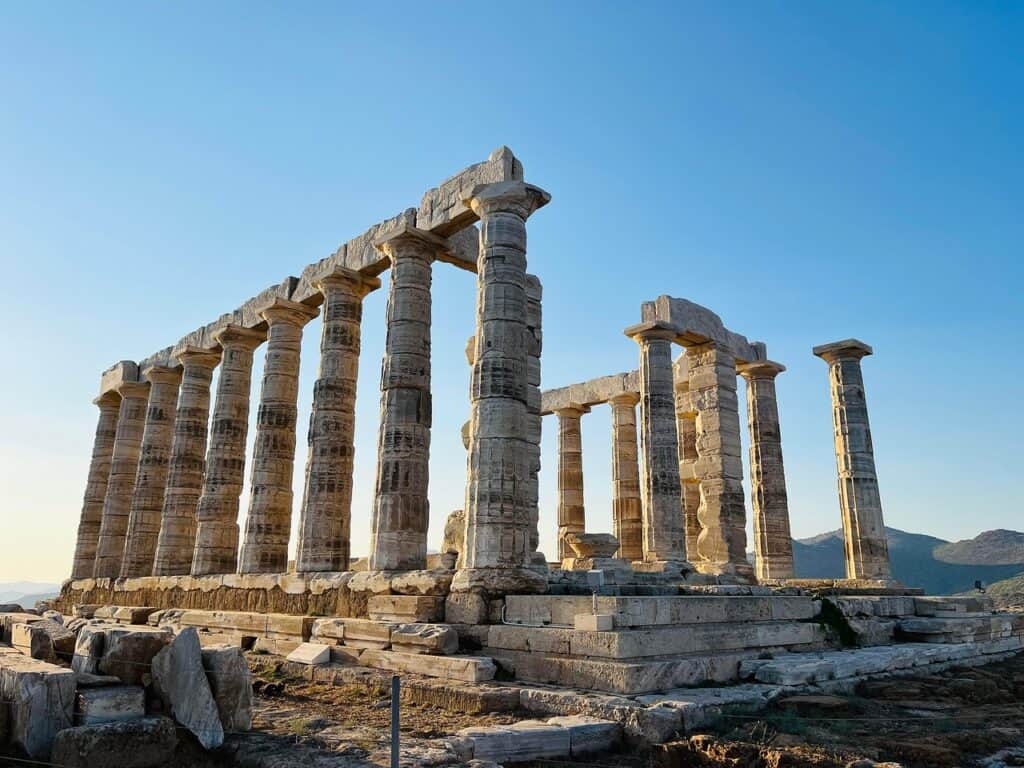
Read democracy, drama, and inquiry in places built to express them. The Acropolis fuses art and civic identity, while Delphi’s sanctuary entwines religion and geopolitics through oracular diplomacy. At Epidaurus, famed acoustics make ancient performance feel present. Walk old processional routes, study inscriptions, and see how marble, myth, and maritime exchange shaped institutions from the polis to philosophy, ideas that continue to scaffold modern life.
Ethiopia
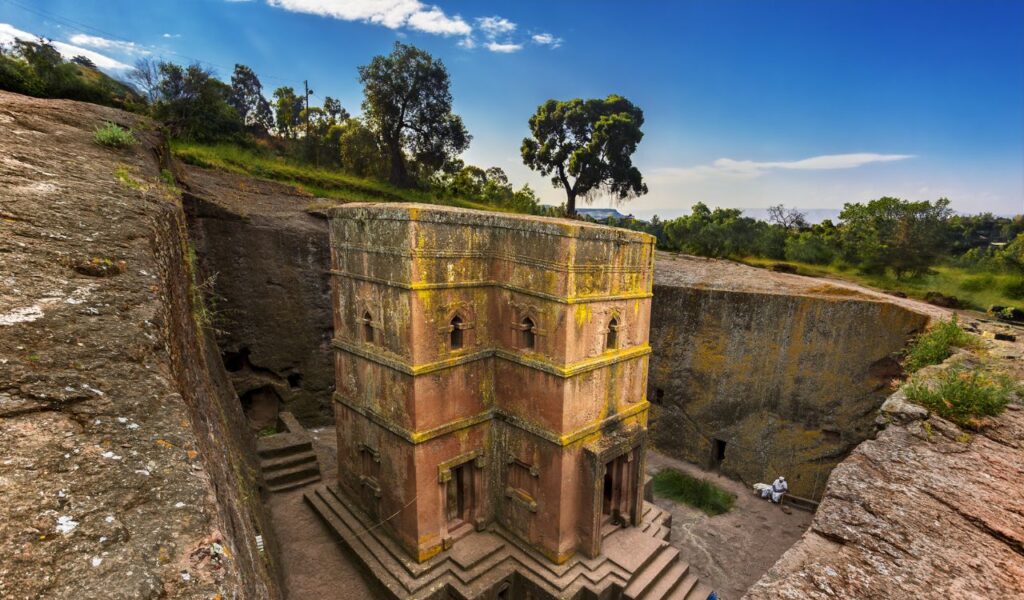
Decipher stelae, inscriptions, and manuscripts that place Africa at the heart of late antique networks. Among the world’s longest continuous polities, Ethiopia spans Aksum’s obelisks, Lalibela’s rock‑hewn churches, and ancient Ge’ez texts. Aksum’s records trace Red Sea trade linking India and the Mediterranean, while Tigray’s cliff‑churches blend faith and landscape engineering. The Ark tradition at Axum is devotional heritage that adds resonance to archaeology.
Armenia
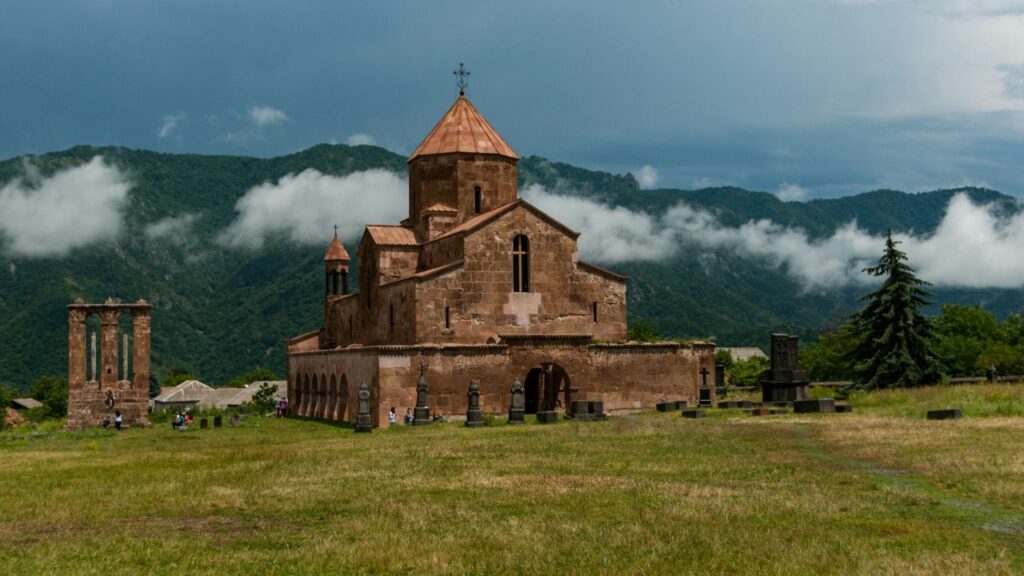
Step into monasteries that read like stone libraries of an early Christian nation. Etchmiadzin anchors ecclesiastical authority, while Geghard preserves relic traditions in rock‑cut chambers. Khachkars, intricate cross‑stones, dot valleys as open‑air archives of names and prayers. Trade routes once threaded these gorges, and pagan‑to‑Christian transitions still surface in reused stones and sites. The result is a compact, deeply legible timeline in the Caucasus.
Portugal
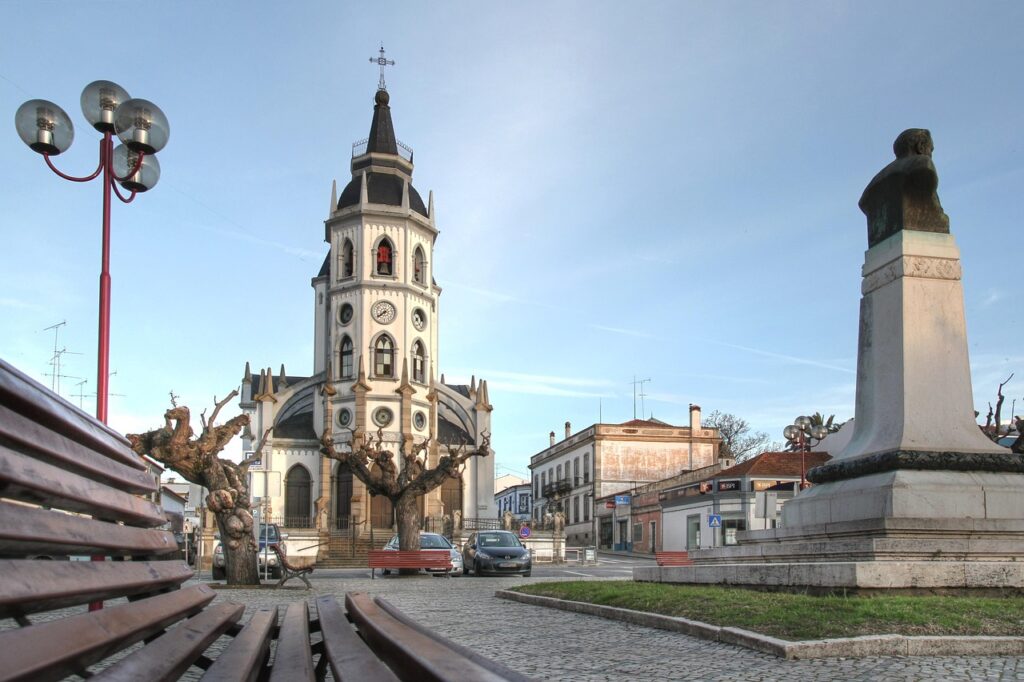
Oldest here by border continuity, not Bronze Age origins, Portugal’s 12th century lines still frame a maritime power that redrew maps. From Lisbon’s hilltop fortress to Porto’s medieval core, sovereignty maps onto stone. Age of Discoveries landmarks, Belém Tower and Jerónimos Monastery, anchor a seaborne pivot that reshaped global trade. Azulejo panels act as public memory, while Atlantic fortifications guarded sea lanes and empire.